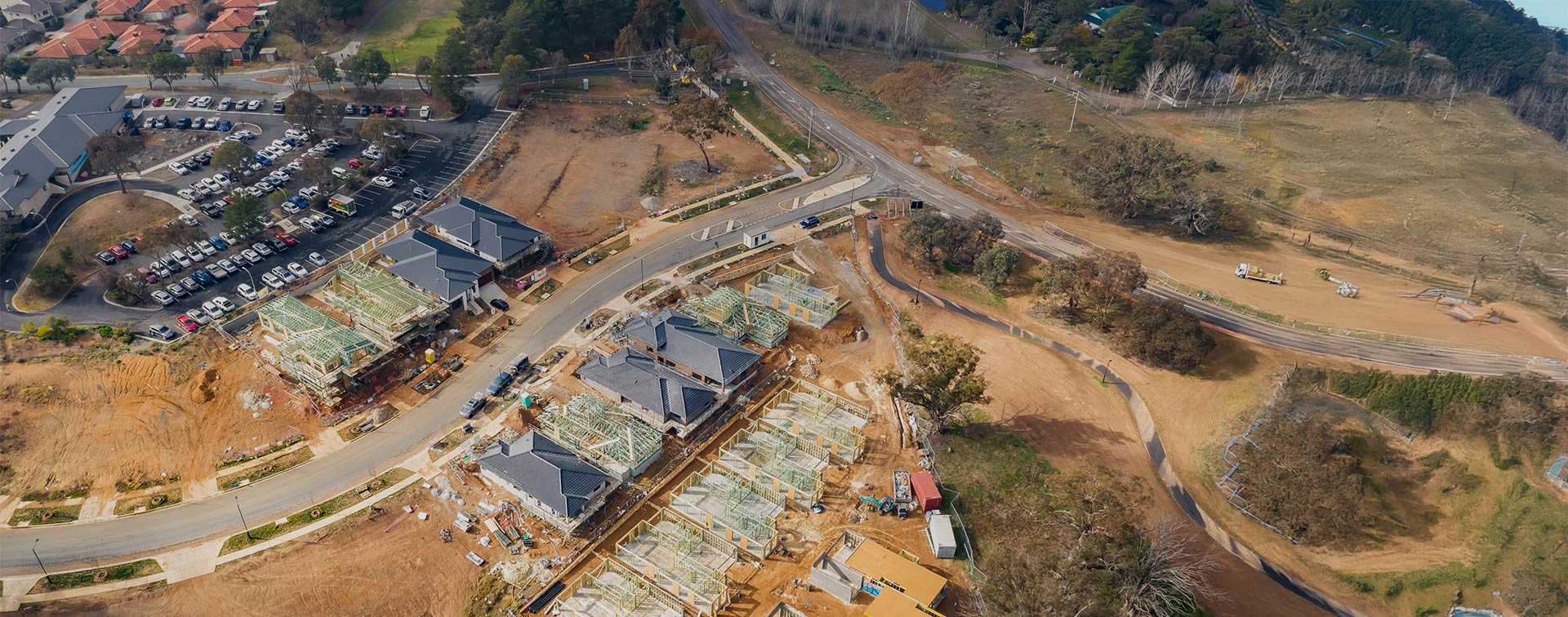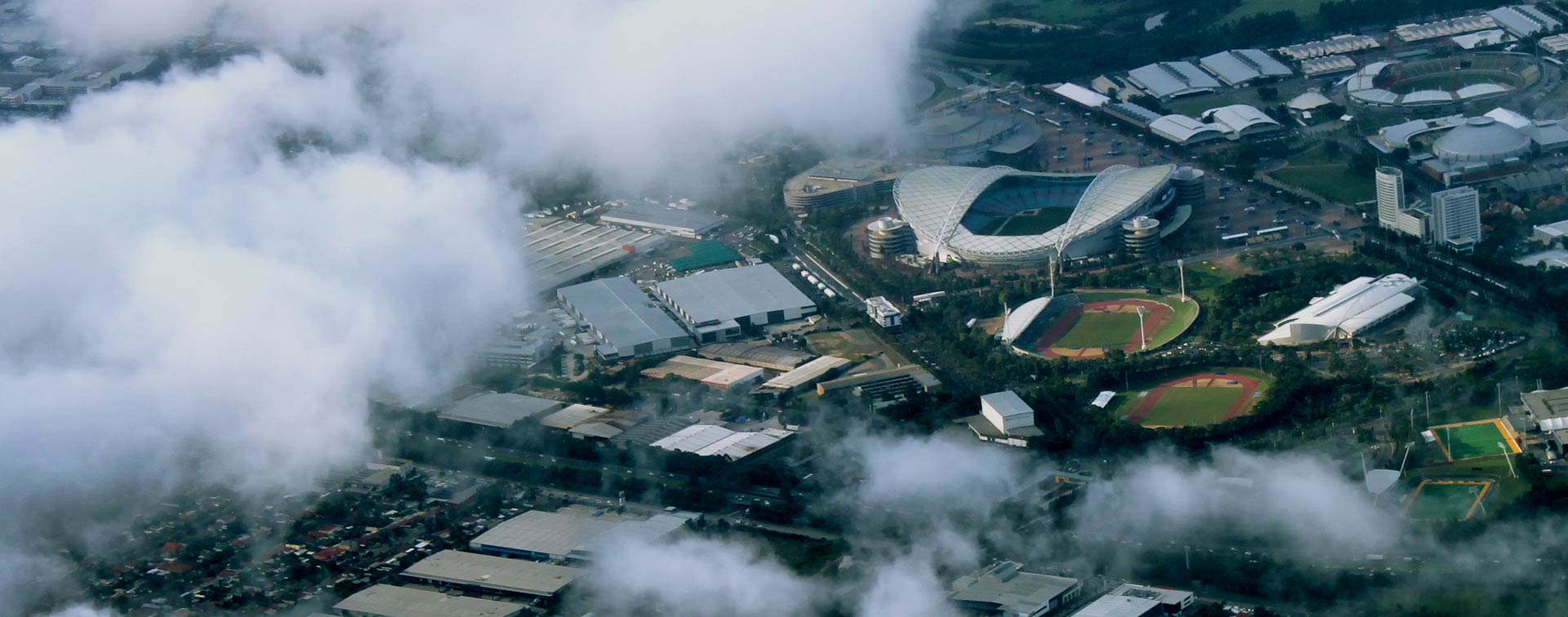Most landscaping businesses don’t start with a grand plan. They begin with a mower, a ute, and someone who’s good with plants and even better with people.
Word of mouth kicks in, contracts grow from neighbours to schools and shops, and before you know it, there’s a team to manage, jobs to juggle and a business that’s no longer small.
How did we end up here?
You never set out to run a company. You set out to do good work. But now you’re here with a solid flow of work and enough cash coming in to think about vans, equipment, and maybe even an office.
You’re no longer wondering if you’ve got something; you’re wondering how to keep it growing without the whole thing becoming too hard to manage.
Growth is great until it starts causing problems. Chasing payments, tracking jobs, paying tradies and suppliers on time. That feeling in your gut when you’re not sure if you’ll make payroll. You’ve probably patched together a few tools: a mobile quoting app, maybe Xero or MYOB for invoices and bills, or a spreadsheet for scheduling crews. It works. Until it doesn’t.
Different apps for everything have carried you this far—until they don’t.
The case for ERP even if it sounds too big.
Enterprise Resource Planning (ERP) systems have a reputation for being overkill. But today, they’re modular, scalable and often priced not much differently than entry-level business tools. But the trick isn’t going big; it’s going lean and really fast.
Start with just the financials:
- Set up your chart of accounts
- Centralise accounts payable and receivable
- Add job/project tracking
- Create live dashboards to see cash in, cash out
- Automate your BAS, tax and reporting
That alone gives you real-time financial clarity, and that’s the foundation for every smart decision you’ll make going forward.
Everything else comes later, naturally.
Let’s say you begin importing mulch or garden lighting from overseas. You’ll need multi-currency and vendor tracking—tick; just add that module. You open a new division in another state—tick, multi-entity is already there. You start scheduling six crews a day—tick, add a field service module.
You don’t need to go all in from day one. You just need to start on the platform that will grow with you.
That’s the Go-Fast Model: Start lean, start fast, and scale naturally without ripping out systems every few years and losing momentum.
The Go-Fast Model: Automate accounting in 1-2 weeks!
1.
2.
3.
4.
5.
The payoff: less guesswork, more growth.
An ERP system brings your business together in one place: people, jobs, finance, stock, service contracts. Everyone is working off the same numbers, the same schedules, the same system. No more scrambling for answers. You’ll know where the money is, what’s due, what’s coming, and what’s dragging.
If your landscaping business is growing and you can feel the pressure mounting behind the scenes, it’s time to think ahead, not just about your next hire or your next ute, but about how you’re going to run the whole show a year from now, two years from now.
Start with your financials on ERP. Build on that. And as your business grows, the system will grow with you.


